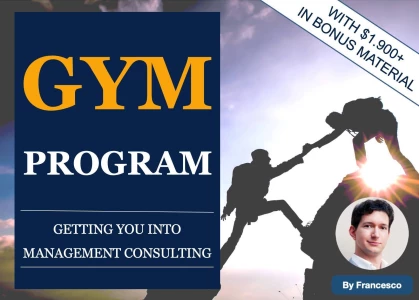Let’s assume I got an Investment or M&A case and somehow I end up doing a net present value calculation (yay). Now probably I got or calculated the investment sum and the future cash flows per year.
My question now is: How do I get the discount rate and how should I set the time frame (=how many years to include)?
Is it appropriate to just ask the interviewer for it or am I actually the one who should come up with assumptions (and if yes, how)?
Thank you in advance! :)
(editiert)



